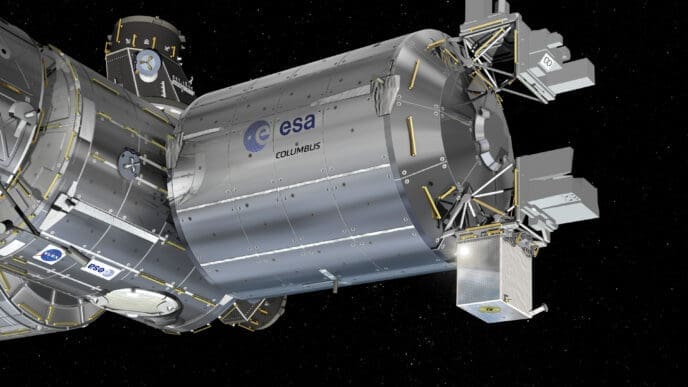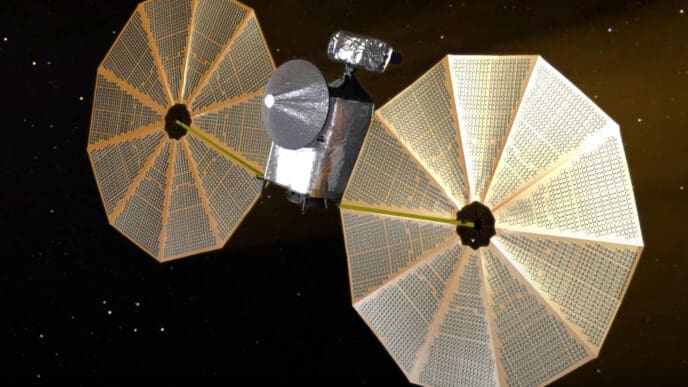NASA’s Europa Clipper mission, launched on October 14, 2024, embarks on an ambitious journey to explore Europa, one of Jupiter’s intriguing moons.
This mission represents Earth’s first detailed scientific investigation of Europa, highlighting NASA’s commitment to the search for life beyond our planet. Set to reach its destination in April 2030, the Europa Clipper will travel an astonishing 1.8 billion miles to conduct its research.
The objective is clear: determine if Europa holds the necessary conditions to support life. Scientific speculation has long suggested that Europa, with its vast subsurface ocean, might harbor life-supporting environments. The Clipper’s 49 planned flybys will provide crucial data to either support or refute these ideas, offering new insights into the potential habitability of this icy moon.
Upon its arrival at Jupiter, the spacecraft will execute a series of close flybys. During these maneuvers, Europa Clipper will spend brief periods in Europa’s intense radiation zones, maximizing data collection while ensuring its instruments remain functional. Equipped with nine scientific instruments and a telecommunications-based gravity experiment, the Clipper will simultaneously activate all devices during each Europa flyby, a feat in scientific innovation.
The spacecraft itself is a marvel of engineering. Featuring expansive solar arrays, the Europa Clipper spans over 100 feet in length, roughly the size of a basketball court. This solar-powered orbiter is built to withstand the harsh environment of space, embodying the pinnacle of current aerospace technology. Mission controllers confirmed the successful deployment of its solar arrays shortly after liftoff, guaranteeing a stable power source for the entirety of its mission.
The quest to explore Europa stems from compelling evidence of its global saltwater ocean. Such an environment could provide conditions ripe for life, making Europa one of the most promising locations in the solar system for this search. The spacecraft’s journey represents a significant step in understanding whether life can exist beyond Earth.
Social media platforms have been abuzz with updates from mission control, offering the public a real-time view of the mission’s progress. Reports indicate successful separation from the launch vehicle and deployment milestones, creating a strong sense of anticipation regarding the discoveries that await.
As Europa Clipper sails through the cosmos on its way to Jupiter, it carries with it humanity’s hopes of uncovering new worlds and potential life forms. This mission is poised to make groundbreaking strides in our understanding of the solar system, bridging the gap between speculation and scientific discovery.
Source: Science.Nasa












